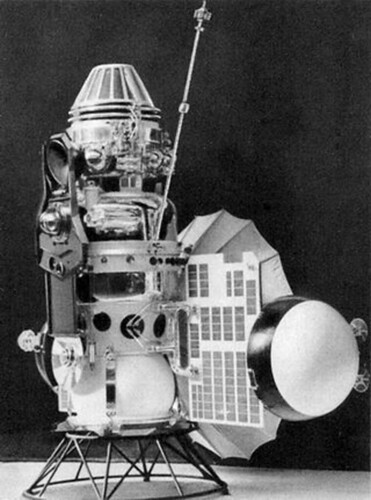On This Day in Tech History
Stories Published June 7 Throughout History
Historic Tech Events
King Louis XIV of France Was Coronated
King Louis XIV of France was not coronated because he became king in 1643 at the age of four, after the death of his father, King Louis XIII. As a minor, he was not crowned, but instead, his mother, Anne of Austria, became his regent and ruled in his place until he came of age. Louis XIV was officially declared of age in 1651, when he was 13 years old. However, he did not have a formal coronation ceremony like many of his predecessors. As an absolute monarch, Louis XIV believed that he derived his power directly from God and did not need the blessing of the Church or any other authority to rule. Louis XIV did have a number of lavish celebrations and ceremonies during his reign, including his marriage to Maria Theresa of Spain in 1660, the birth of his children, and the opening of the Palace of Versailles in 1682. However, he never had a coronation ceremony.
The Douglas DC-4E Made Its First Test Flight
The Douglas DC-4E was a prototype airliner developed by the Douglas Aircraft Company in the late 1930s. It was designed to be a larger and more advanced version of the successful DC-3 airliner, with a larger fuselage and more powerful engines. The first test flight of the DC-4E took place on June 7, 1938, piloted by Carl Cover. The flight lasted just over an hour and was successful, with the aircraft demonstrating good handling characteristics and performance. However, despite its promising start, the DC-4E ultimately proved to be a commercial failure. The aircraft was expensive to produce and maintain, and its performance was not significantly better than that of the DC-3. Only one prototype was built, and it was eventually scrapped in 1941. However, the lessons learned from the DC-4E were applied to the development of the hugely successful Douglas DC-4 and DC-6 airliners, which were instrumental in the growth of commercial air travel in the post-World War II era.
Sony Launched Betamax
Sony released the Betamax, the first home videocassette recorder (VCR) format, on June 7, 1975. The Betamax used a smaller cassette than the VHS format that was later introduced by JVC, another Japanese electronics manufacturer. Initially marketed as a higher-quality alternative to VHS, with better resolution and sound quality, Betamax ultimately lost out to VHS due to several factors. One of the main reasons VHS succeeded over Betamax was because it offered longer recording times, making it more appealing to consumers who wanted to record entire movies or TV shows without having to switch tapes. Additionally, VHS was licensed to multiple manufacturers, which helped to drive down the cost of VHS recorders and tapes. In contrast, Betamax was only licensed to a limited number of manufacturers, which made it more expensive for consumers. Despite its failure in the market, Betamax had a significant impact on the development of home video technology. It paved the way for other VCR formats and popularized the idea of home video recording. In addition, Betamax's development and subsequent competition with VHS helped to drive technological advances in video recording and playback, leading to the development of later formats such as DVD and Blu-ray.
The Soviet Union Launched Venera 16 to Study Venus

The Venera 16 probe was a Soviet space probe launched on June 7, 1983, from the Baikonur Cosmodrome, which is located in present-day Kazakhstan. Its mission was to study the atmosphere and surface of Venus, and it arrived at Venus on October 11, 1983, after a journey of about four months. The Venera 16 probe carried a suite of scientific instruments, including a radar altimeter, a spectrometer, and a magnetometer, which allowed it to study the composition, structure, and dynamics of the Venusian atmosphere and surface. It also had a camera system that took images of the surface from a height of about 10 kilometers. The mission was considered a success, as it provided valuable data on the geology, meteorology, and chemistry of Venus, as well as insights into its atmospheric circulation and the behavior of its ionosphere. The Venera 16 probe operated for about eight months before its mission ended in March 1984.
2025
2024
2023
2022
2021
2020
2019
2018